Genre: Shmup Developer: Compile Publisher: Sega Enterprises Players: 1-2 Released: 1986
Sifting through the SG-1000 library, I was intrigued to come across Gulkave. As soon as I saw the name, I suspected it was a shmup. Seriously, what other kind of game could it be with a name like that? Space shooters aren’t typically the genre that first comes to my mind when I think of the SG-1000, though I admit I’ve spent most of my time in that console’s space realm with Zaxxon. It was nice to find another game, and I must admit that Gulkave proved to be as awesome as its name.
Considering that Gulkave was made by the shmup masters at Compile and released well after the Master System was out in Japan, I shouldn’t have been surprised at its level of quality. Parallax scrolling and a complex weapon system weren’t necessarily new concepts by then, but Gulkave did an excellent job of putting them both together in a way that showed how Sega’s first console was quite capable of hosting a complex shmup that could break hardware expectations. Keep in mind that at this time, Master System owners were playing relatively simple shmups like Transbot and Astro Warrior. Compared to those two titles, what Gulkave lacked in graphical polish due to less powerful hardware was compensated for with far more robust gameplay. Compile walked a fine line between action and presentation with Gulkave, and the result was a game more akin to modern horizontal shmups than one might expect on consoles in 1986. My only real gripe with the whole experience was the scant few musical themes spread across many stages. Honestly, Gulkave was just impressive to look at and play, given its platform and age, and it gave us one of our first looks at Compile’s shmup-making skills.
The battle against the invading Gulbas Empire took place over 30 stages filled with waves of quick and brutal enemies. I was surprised at the variety of enemy ships (almost 30) and the sheer amount Gulkave threw at you. Occasionally, there were enough enemies and bullets on the screen to cause slowdown, but I didn’t hold it against the game. Compile pushed the SG-1000 hard here, and the result was quite impressive. Some instances had multiple enemies onscreen alongside a ton of bullets – all of it causing minor slowdown and zero sprite flicker. One must also consider that some stages had up to three layers of parallax scrolling going on full steam. The only problem I had was that some bullets and enemies blended in too well with the backgrounds, making it difficult to identify and dodge them. Moreover, the scant few musical themes weren’t enough to cover the number of stages, and they could become a bit repetitive.
Gulkave’s weapon variety was solid for its day. Beyond the standard rapid fire, nine different weapons could be obtained and upgraded. Like other shmups of the time, like Gradius, collecting a power-up moved a meter at the bottom of the screen. Gulkave’s meter was a bit harder to understand, having 16 different boxes that each corresponded to a different weapon. They weren’t identified, making it easy to unwittingly downgrade the weapon. For instance, the Wide Blaster weapon was activated by filling boxes 6 or 8, but the Screen Eraser (an even wider shot) was found only in box 9. This system was further complicated by items that pushed the meter three or even five boxes at once. It could be tempting to grab any item that appeared since they restored the ship’s shield but came at the risk of losing the current weapon. One had to pause the game and count the boxes to ensure that the right item was taken and avoid downgrading the shot. Players who had the manual – and could read Japanese – could consult it for the relevant information, but most were out of luck in those pre-Internet days. Gulkave pulled no punches here, forcing players to rely more on skill than the weapon system. Thankfully, the game provided infinite continues from the start of the current stage.
Gulkave was available on the MSX as well as the Master System (only in Korea), and it’s a shame we never got it on the Master System in the West. Despite a few flaws that were common in many shmups of the period, it presented a decent challenge that was fun for an afternoon. It also made the SG-1000 sing in a way that few others could. Together with the classic Zanac, Gulkave marked an early showing of Compile’s proficiency with the genre, one that it would handily demonstrate with later efforts like the amazing Aleste series. This is not one to miss.
SCORE: 8

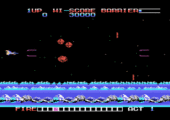
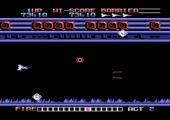
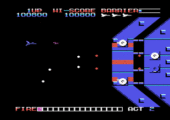
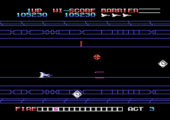
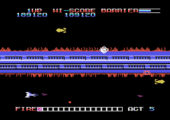
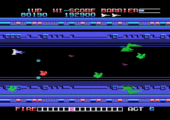
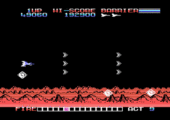
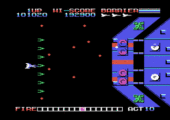
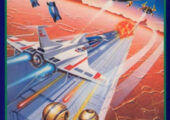
Recent Comments